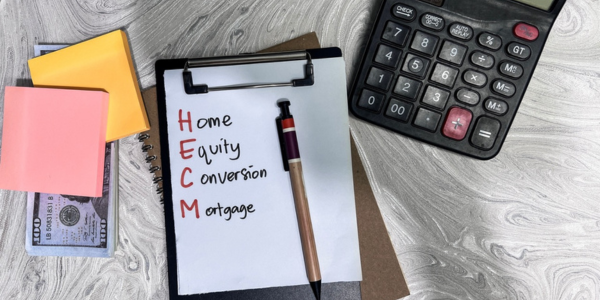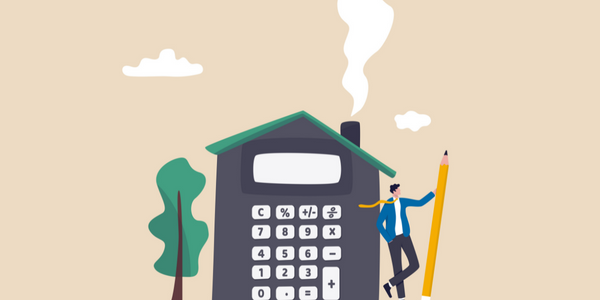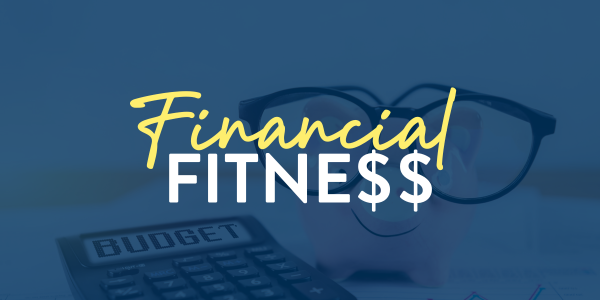
Retirement should be your time to relax and enjoy life. But if you’re like many American seniors today, you might be feeling the pinch of rising costs. Healthcare expenses that seem to climb every year and inflation eating into your fixed income can be a lot to manage.

Here’s something you might not have considered: If you’re 62 or older and own your home, you could be sitting on a financial solution. A reverse mortgage might help you turn your home’s equity into the retirement security you deserve.
With so much confusing information out there, how do you know whether it’s right for you? Let’s break down everything you need to know about reverse mortgages so you can make the best decision for your situation.
What Is a Reverse Mortgage?
Think of a reverse mortgage as the opposite of your regular mortgage. Instead of making monthly payments to the bank, the bank pays you, while you continue living in your home.
A reverse mortgage, officially called a home equity conversion mortgage (HECM), lets homeowners 62 and older access their home’s equity without selling or making monthly mortgage payments. The HECM reverse mortgage is the most common type of reverse mortgage, representing about 90% of all reverse mortgages.
Here’s how it works: You receive money based on your home’s value, your age, and the current interest rates. The loan balance grows over time, but you don’t have to pay it back until you move out permanently. Your home must be your primary residence. This isn’t for investment properties.
Today these loans are insured by the Federal Housing Administration (FHA) and regulated by the Department of Housing and Urban Development (HUD). That means you get important protections that weren’t available in earlier reverse mortgage products.
Before you can get a reverse mortgage, you’ll complete a counseling session with a HUD-approved agency. This isn’t just red tape; it’s designed to make sure you fully understand how the loan works and whether it’s your best option.
Your Reverse Mortgage Options
Not all reverse mortgages are the same. Here are your main choices.
HECM (home equity conversion mortgage)
This is the most popular option and the only government-backed reverse mortgage. HECM loans come with standardized terms and strong consumer protections. For 2025, the max claim (the amount the FHA will insure) is $1,209,750.
With an HECM, you’ll pay a mortgage insurance premium, which is currently 2% upfront and 0.5% annually. While this adds to your costs, it provides crucial protection: You or your heirs will never owe more than your home is worth when the loan comes due.
Proprietary reverse mortgage
These are private loans for expensive homes that exceed HECM limits or have other circumstances that do not fit HECM guidelines. They have fewer regulations but may offer higher loan amounts. Consider this option if your home is worth significantly more than the HECM limit and you need access to more equity. These products also have lower age limits, lending down to age 55.
How a reverse mortgage differs from other loans
Unlike a home equity loan, where you get money but start making payments immediately, a reverse mortgage gives you access to equity without monthly payments. Yes, interest rates are typically higher than traditional mortgages, but you’re not making any payments while living in your home.
How a Reverse Mortgage Can Help Your Retirement
Let’s talk about the real benefits that matter to you.
Say goodbye to monthly mortgage payments
If you’re currently paying a mortgage, imagine what getting rid of that monthly payment could do for your budget. That immediate cash flow relief can make a huge difference in your quality of life.
You’ll still need to pay property taxes, homeowners insurance, and the costs of maintaining your home. But no more mortgage payments while you live in your home as your primary residence.
Access your home’s equity while staying put
Many retirees find themselves “house rich but cash poor.” If your home is worth $400,000 but your savings account is running low, a reverse mortgage lets you access that wealth without moving.
You can receive your money as:
- Monthly payments to supplement your income
- A lump sum for major expenses
- A line of credit for future needs
- Any combination of these options
The money isn’t taxable income, so it won’t affect your tax bracket or Medicare premiums.
Use your money however you want
Unlike some financial products with restrictions, you can use reverse mortgage proceeds for anything:
- Pay off credit card debt or other loans
- Cover rising healthcare costs
- Make your home safer and more comfortable as you age
- Help your children or grandchildren
- Create an emergency fund
- Take that trip you’ve always dreamed about
Protect yourself from market ups and downs
If watching your 401(k) balance swing with the stock market keeps you up at night, your home equity offers more stability. Real estate generally appreciates over time, and an HECM line of credit grows if you don’t use it, giving you a hedge against inflation.
What You Need to Know About Costs
Let’s be upfront about the costs involved. Typical fees include:
- Origination fees
- Mortgage insurance premium (2% upfront, 0.5% annually)
- Standard closing costs (appraisal, title insurance, etc.)
- Possible monthly servicing fees up to $35
Interest rates are usually 1% to 3% higher than traditional mortgages. Since you’re not making monthly payments, the interest compounds and your loan balance grows over time.
Here’s an example: If you access $200,000 at 6% interest, your loan balance would grow to about $358,000 after 10 years if you don’t make any payments.
Your ongoing responsibilities
Keeping your reverse mortgage in good standing means:
- Living in your home as the primary residence
- Staying current on property taxes and homeowners insurance
- Maintaining your home in good condition
- Paying HOA fees and other property charges
Missing these obligations can put your loan in default, so make sure you can handle these responsibilities in the long term.
How This Affects Your Family
When the loan comes due (typically when you pass away or move out permanently), your heirs have options:
- Pay off the loan and keep the home
- Sell the home and keep any remaining equity after paying off the loan
- Walk away and let the lender handle the sale
Your family will never owe more than the home is worth thanks to FHA insurance. The insurance covers the difference if the loan balance exceeds the home’s value.
A reverse mortgage will reduce the inheritance you leave behind. But it might also help you live more comfortably and independently, which could be precisely what your family wants for you.
Do You Qualify?
Here are the basic requirements to be eligible:
- At least 62 years old (both spouses if married, though there are protections for eligible non-borrowing spouses)
- Own your home or have significant equity
- Live in the home as your primary residence
- Meet FHA property standards
Additionally, lenders will evaluate your income and credit to ensure you can meet ongoing obligations. This includes reviewing:
- Social Security, pension, and investment income
- Credit history (less strict than traditional mortgages)
- Ability to pay property taxes, insurance, and maintenance
If you don’t quite meet the financial requirements, you might still qualify with a “set-aside” that reserves part of your loan proceeds for future property expenses.
Property requirements: Your home must meet FHA standards for safety and structural integrity. Single-family homes, two- to four-unit properties (if you live in one), approved condos, and qualifying manufactured homes are all eligible.
Is a Reverse Mortgage Right for You?
You might be a good candidate if you:
- Plan to stay in your home for many years
- Have significant home equity but limited savings
- Struggle with monthly expenses on a fixed income
- Want to eliminate your current mortgage payment
- Need financial flexibility for healthcare or emergencies
Consider alternatives if you:
- Plan to move within the next five years
- Want to leave the maximum inheritance to your heirs
- Can qualify for a less expensive home equity loan
- Have family members who can provide financial support
Other Options to Consider
A reverse mortgage isn’t your only choice. You might also consider:
- Downsizing to a less expensive home
- A home equity loan or line of credit, if you can afford the payments
- Renting out part of your home for income
- Government assistance programs for seniors
- Family help or loans from adult children
Making Your Decision
The bottom line? A reverse mortgage can be a valuable tool for retirees. It offers no monthly mortgage payments while accessing your home’s equity, a unique benefit not available anywhere else.
But it’s not right for everyone: The costs are significant, and it will reduce what you can leave to your heirs. That’s why it’s so important to understand all your options.
Ready to Learn More?
At American Pacific Mortgage, we’re here to help you understand how a reverse mortgage might fit into your retirement plans. Our experienced team can walk you through the numbers, answer your questions, and help you make the right decision for your situation.
Ready to explore your options? Contact us today for a no-obligation consultation. Let’s see if a reverse mortgage loan can help you live the retirement you’ve earned.







